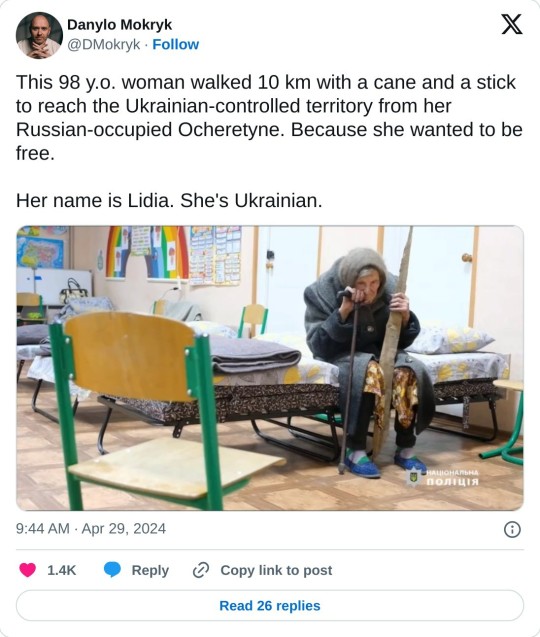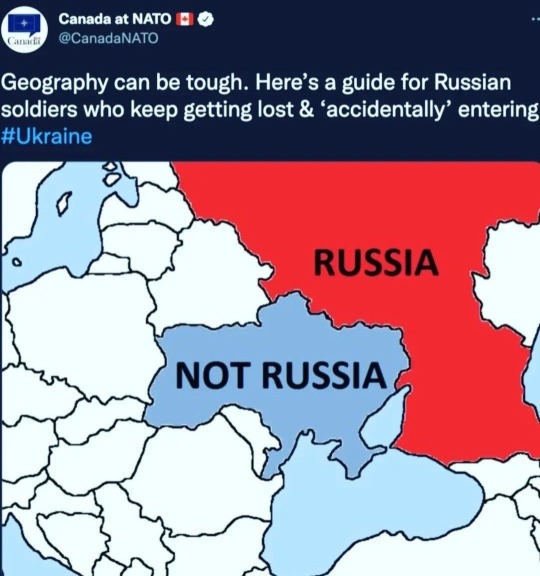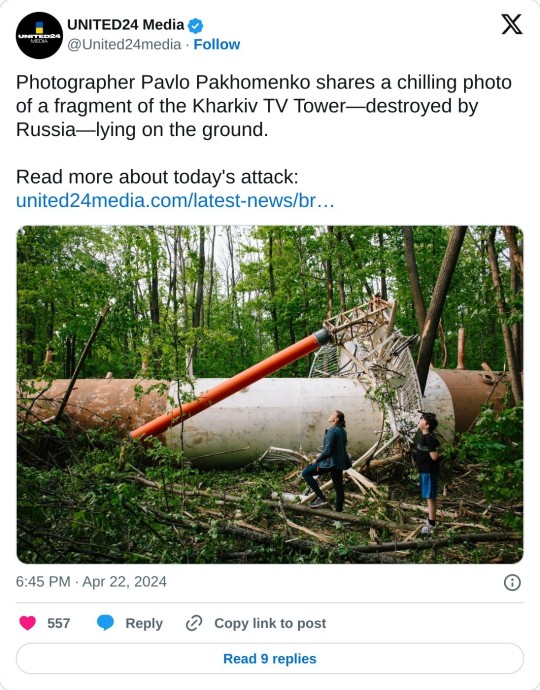Text
❗️As a result of a Russian missile attack on Odesa, two people and a dog were killed - Regional Military Administration.
Eight more people were injured, including a 12-year-old boy.
There is damage to residential buildings and civil infrastructure. All relevant services are on site.
The castle of students of the "Odesa Law Academy" in Odesa almost burned down
117 notes
·
View notes
Text
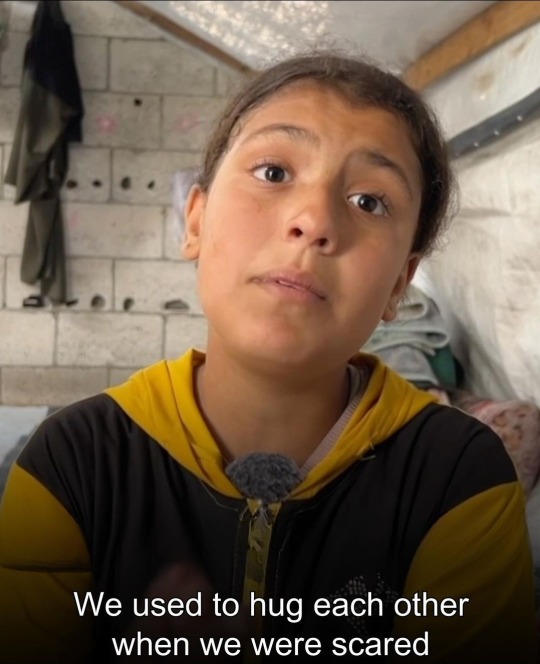
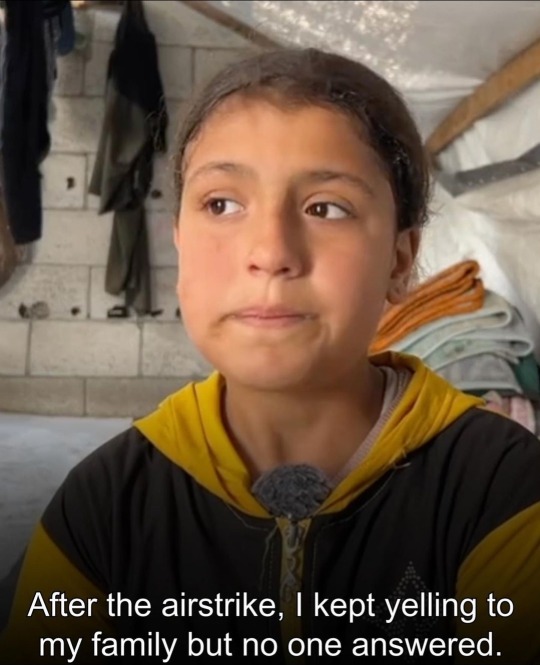

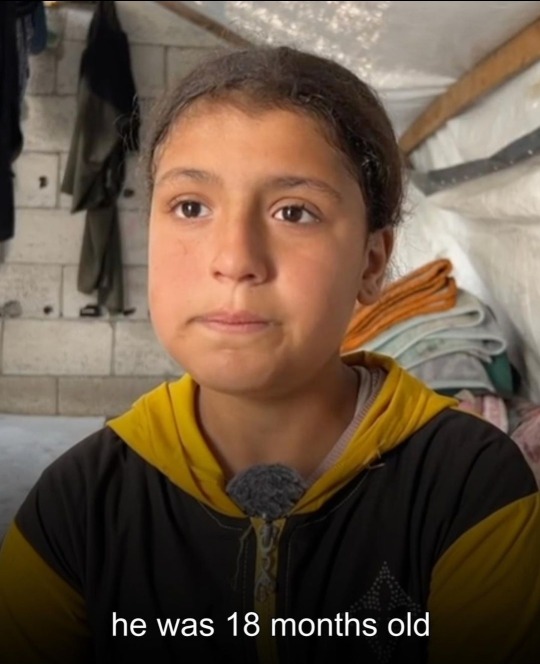

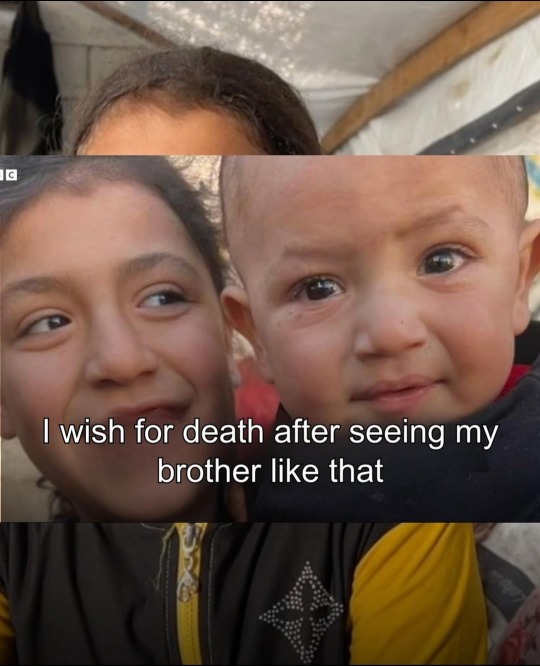
‘I wish for death’ - Twelve-year-old Alma says. She fled bombing and shelling twice before the third place they sheltered was bombed, She was rescued from the rubble only to find out both her parents and all four of her siblings had been killed. She found her 18-month-old brother in an unimaginable state. Her little brother was beheaded from the rubble after the IOF massacred them.
Source: BBC
41K notes
·
View notes
Text

Preparations for making pysankas is always a fun part of the process.
335 notes
·
View notes
Text
The Iranian Regime is going to execute rapper Toomaj Salehi for supporting protests of Jina Amini’s murder by the regime in his songs.
Iranian activist Elica Le Bon says, “Iranians in the diaspora picked up on the fact that the regime tends not to execute people who become known to the international community. We have seen many examples of prisoners that were either released on bail or had their sentences commuted through our “say their names to save their lives” campaign on social media, using hashtags to garner attention for their causes, and even before social media existed, through getting the stories of political prisoners to international media outlets. Once reported on, and once the eyes shift to the regime and the reality of its pending brutality, realizing that the action is not worth the repercussions, we have seen them back down and not execute. For that reason, this is part of an urgent campaign for readers to talk about Toomaj as much as you can, using the hashtag #FreeToomaj or #ToomajSalehi. Every comment makes a difference, and if we were wrong, what did we lose by trying?”
22K notes
·
View notes
Text
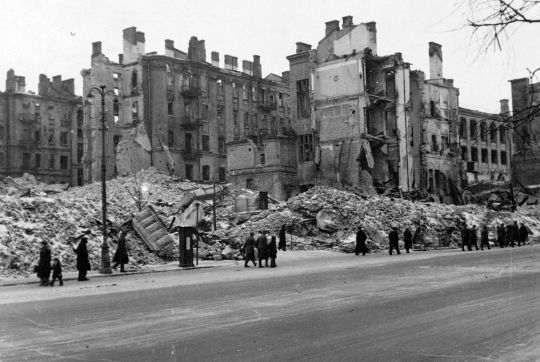
Khreshchatyk, Kyiv's main street, blown up by the russians on the 24th of September, 1941. It was part of a long pattern of communist cultural destruction across Ukraine, which included the demolition of medieval cathedrals and churches.
88 notes
·
View notes
Text
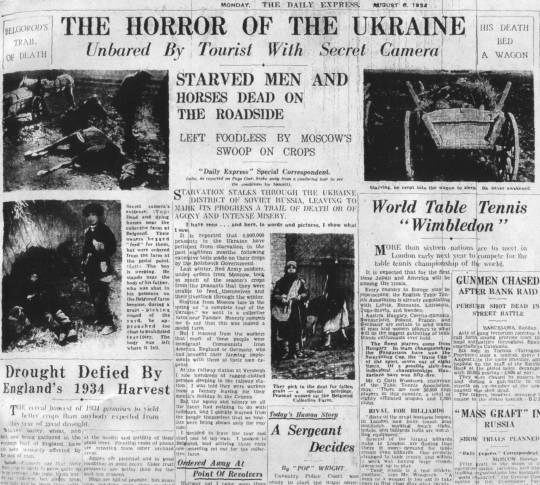
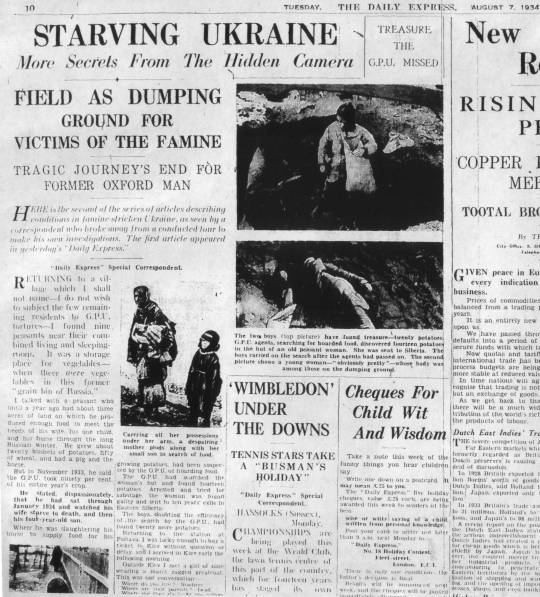
1930s reporting on Stalin's Holodomor genocide in Ukraine. 1 2
295 notes
·
View notes
Text
Today is a 37st anniversary of the Chornobyl Nuclear Plant disaster. It's hard to talk about one unprocessed national tragedy while living through another.
The Chornobyl disaster was totally preventable and it took away countless lives of people living in the region, especially in Ukraine and Belarus - both the liquidators and the civillians. Despite the very air and dust being literal poison, the soviets had not only hid this information from the people, but forced everybody to partake in the May the 1st parade - because god forbid we lose our face before the international community as a working class paradise! If not for the nuclear scientists in Sweden who raised the alarm about the dangerous levels of nuclear particles coming from northern Ukraine, who knows what would have happened. It definitely would have been swepped under the rug and forgotten by the international community, together with its victims - just like Semipalatinsk in Kazakhstan is barely known abroad.
With russia constantly threatening to turn Zaporhizhzha nuclear plant into second Chornobyl, the wound caused by this tragedy is cut open again.
We all love the HBO Chornobyl series, and I genuinely am grateful to Craig Mazin for the amount of empathy and respect he brought to the series; but for today I indulge you to watch something made by ukrainians, to try to understand what this tragedy means to us and how it influences our lives even today.
For the documentaries, my favourite series by this day remains the "Dragons live here" by Your Underground Humanitarian School Youtube channel, which, unfortunately, can only offer automated english subtitles - they should, however, be sufficient.
youtube
youtube
youtube
As for the feature films, I recommend "Gateway" (you can stream it online with english subtitles here). And here is the official english trailer:
youtube
2K notes
·
View notes
Text
Anyone who wants to understand Russian history should ignore Russian President Vladimir Putin. But anyone who wants to understand Putin’s strategic aims should pay close attention to his reading of history. The Russian president’s long lectures and essays on Kyivan Rus and World War II are not random tangents but rather the centerpieces driving his regime’s aggression against Ukraine. The Kremlin’s efforts to impose its reading of history on Ukrainians living under occupation reveal the driving motives of this war, as well as its continued objectives.
Against the backdrop of the uncounted—and uncountable—civilian deaths, mass deportations, and domicide across the occupied territories of Ukraine, it might seem trivial to focus on historical memory. But while it is difficult to take one’s eyes off the satellite images of mass graves in Mariupol, if we fail to grasp the broader grammar of Russia’s war against Ukraine, then we will also fail to recognize the broader ambition of Russia’s war efforts: the deliberate annihilation of Ukrainian identity.
Russia’s strategic deployment of historical propaganda in occupied Ukraine involves a comprehensive effort to “Russify” the local populace, leveraging educational, cultural, and military instruments to erase narratives of Ukrainian history and culture.
Those who resist this erasure are themselves destroyed, often physically. In all of the occupied territories, Russian forces arrived with a list of reportedly patriotic individuals to be captured; tortured; and, if they did not break, executed. From the very beginning, as Putin made clear in a June 2021 essay titled “On the Historical Unity of Russians and Ukrainians,” Russia’s full-scale invasion was intended as a genocidal war.
Genocide aims at the annihilation of the identity and existence of a specific group—in this case, Ukrainians. The crucial aspect of identifying genocide is the intent behind these actions, which distinguishes it from other forms of violence. Evidence of the Kremlin’s destructive intent is overwhelming. And it is overwhelmingly delivered in the language of history.
Upon taking control of the Kherson and Zaporizhzhia regions in 2022, Russia launched an aggressive cultural propaganda campaign characterized by the declaration of annexation anniversaries as national holidays, the standardization of cultural practices to align with Russian norms, the establishment of historical propaganda museums, and the re-Sovietization of street names and monuments. These endeavors were aimed at rapidly embedding the occupied territories within the broader Russian cultural and legal fabric, a strategy reminiscent of Russia’s annexation of Crimea and unlike the more fragmented methods employed in the so-called Republics of Donetsk and Luhansk in eastern Ukraine after 2014.
In regions where local resistance is more robust, such as Melitopol and Berdyansk, there is an intensified effort toward cultural and educational Russification. The formation of militarized youth groups—including the Yunarmiya (Young Army), a military-patriotic movement for children and youth initiated by Russian Defense Minister Sergei Shoigu in 2016, and Eaglets of Russia—is widespread, but the scale and visibility of such programs vary in accordance with the strategic military value of each region to Russia. The nature and intensity of the propaganda varies as well, with a pronounced emphasis on Soviet-era narratives in Donetsk and Luhansk, which were likely deliberately crafted to align with the region’s recent historical narratives and multicultural identities.
While the techniques to suppress Ukrainian identity may adapt, the core objectives of Russian informational campaigns are constant. These efforts relentlessly accentuate the regions’ shared historical and cultural roots with Russia, praising Soviet accomplishments and East Slavic heritage.
The Kremlin’s agenda aims to replace Ukrainian identity with something different—something localized—that can then be subsumed into a broader pan-Russian narrative. To do so, it uses culture and education as weapons of war. This strategy includes mobile libraries, guarded by armed militias, that distribute Russian books and educational resources while destroying Ukrainian books.
Amid this evident historical manipulation and cultural destruction, Russian propaganda distributed in the occupied territories positions the Kremlin as a protector of historical truth, using this stance to propagate narratives conducive to its political and ideological ends. It paints Western and Ukrainian histories as distortions that were deliberately aimed at destroying Russian identity—which the Kremlin argues is the true identity of Ukrainians.
The Khersonshchyna cultural project in the occupied Kherson region, for example, claims to expose Ukrainian history as a series of lies and promotes militaristic Russian myths with the aim of “restoring historical justice” and “curbing the spread of lies.”
Through the adoption of Russian curricular materials, educators, and syllabi prioritizing Russian over Ukrainian heritage, occupation authorities seek to transform residents’ identities, downplaying Ukrainian heritage in favor of a Russian outlook. Russian academics have created an Orwellian 98-page glossary of new correct cultural, historical and social terminology to be enforced in Ukrainian schools on the occupied territories. In the Donbas, organizations such as the Russian Center have produced pseudo-historical doctrines to justify Russia’s occupation. The center, which is funded by the Russian World Foundation, has held a number of festivals centered around the idea that the Donbas is Russia and that Russian culture is inherent to the Donbas.
A common thread in the historical propaganda is the idea that an injustice (Russia’s separation from the lands of what it calls the Donbas and Novorossiya—meaning “New Russia”) has been resolved by the invasion. In September 2023, on the anniversary of the pseudo-referendums held in four newly occupied territories in eastern Ukraine, schools in the Zaporizhzhia region held events to celebrate “reunification with the Russian Federation,” which was referred to as a “restoration of historical justice.” In his state of the nation speech in February 2023, Putin declared the “revival” of the cultural sphere in the occupied territories to be a priority for reestablishing peace. He emphasized the importance of restoring cultural objects to forge a connection across time, asserting that this effort would integrate the local population into the “centuries-old and great Russia.”
In addition to promoting claims of historical restoration and Russian greatness, the occupying forces are systematically undermining Ukraine’s historical legacy. Their strategies extend beyond suppression to the outright destruction and appropriation of Ukrainian heritage. In 2022, the Russian government introduced legislation to legitimize the seizure of items related to Ukrainian cultural heritage. This law permits the inclusion of historical artifacts from occupied regions in the Russian Federation’s registry, effectively erasing their Ukrainian provenance.
The scope of this cultural plunder is vast, with the Ukrainian government reporting that more than 15,000 artifacts have been removed from Kherson alone. Other significant looting pertains to Scythian gold dating back to the 4th century B.C., which was stolen from the Melitopol Museum of Local Lore. That museum and the A. I. Kuindzhi Art Museum were also stripped of their valuable collections. A so-called Ministry of Culture of the Kherson Region has facilitated what the Russian occupiers term the “evacuation” of these items to the Crimean city of Sevastopol, disguising acts of looting as preservation. Their actions and justifications draw obvious parallels with previous examples of imperial looting, such as the British plunder of African artifacts, also carried out under the guise of “evacuation.” Ukrainian archives have also been targeted, with significant portions of the holdings at the regional State Archive of Kherson confiscated.
At least 14 memorials commemorating the victims of the Holodomor—a devastating famine lasting from 1932-33 that was induced by Soviet policies and used to pacify Ukrainian national identity—were dismantled in the communities of Oleshky and Ivanivka in Kherson Oblast. The destruction of these monuments is a further illustration of the erasure of Ukrainian history, especially given that this particular historical episode reveals an ongoing pattern of genocide.
The first deputy chairman of the Kherson Regional Council confirmed these reports, but the occupation administration dismissed the memorials as “tools of manipulation” that were fostering hatred toward Russia.
As they obliterate Ukrainian historical memory, Russian forces are actively reinstalling Soviet-era monuments which were previously removed in Ukraine’s decommunization efforts, especially statues of Lenin. In so doing, the Kremlin is trying to restore a (mis)imagined past of Soviet-Russian greatness and ownership over Ukraine. It is a past that nobody asked them to bring back, but one that will have grave consequences for Russia and Ukraine’s future, given that the indoctrination efforts are most targeted at children.
When Izyum came under occupation in 2022, the establishment of children’s education and cultural centers was prioritized, and such institutions were up and running within weeks. Leveraging educational reforms, patriotic education, and youth organizations, the occupation authorities worked quickly and efficiently to instill a sense of Russian identity among young Ukrainians.
These actions are not only aimed at reshaping the cultural landscape, but also at securing future generations’ allegiance to Russia, often with a clearly militarized agenda, as seen in educational initiatives such as the “Lessons of Courage,” special classes held as part of the school curriculum that glorify the military achievements of the Soviet Union and Russia. These programs include interactions with Russian veterans and encourage expressions of support for current soldiers, further integrating military values into the educational experience.
The establishment of cadet schools in the occupied territories, facilitated through agreements with Russian educational and military authorities, has formalized the militarization of youth, preparing them for possible involvement in future conflicts.
Patriotic education extends beyond the classroom and into extracurricular youth movements and thematic events. Since 2022, in the occupied territories of southern Ukraine, branches of national Russian youth organizations such as Yunarmiya have been established alongside regional military patriotic movements such as the Youth of the South.
Participants receive professional military training, supported by veterans of the Russian Armed Forces and members of the military veterans’ organization Combat Brotherhood. The training includes instruction in weaponry and military tactics. Upon completion, Yunarmiya members are often recruited into the Russian military. According to Andrey Orlov, the exiled Ukrainian director of the Center for Strategic Development of Territories, enrollment in this organization is compulsory in the temporarily occupied territories, with special services personnel frequently visiting educational institutions to engage children in military-themed games. The so-called Warrior Club in occupied Zaporizhzhia, which focuses on military indoctrination and preparation for young men nearing conscription age, highlights the extent of Russia’s commitment to this cause.
There is a grisly strategy behind Russia’s militaristic engagement with children in the occupied territories: to indoctrinate them into forsaking their national identity and to groom them to die for their new supposed motherland.
Despite Moscow’s extensive indoctrination efforts, there has been resistance. Officials from the temporarily occupied Luhansk region have reported recruitment difficulties to the Kremlin, noting a significant shortage of teachers in Russian language, literature, and history.
As Ukrainian teachers refuse to teach these subjects, educators are brought in from Russia, often housed in apartments confiscated from local residents. This considerable influx of Russian educators tasked with instilling a Russian-centric curriculum should also be seen as part of Russian demographic engineering efforts, deporting Ukrainians to Siberia and further, while bringing in Russian citizens to take their place.
Still, in the face of penalties and home raids, a notable segment of the population steadfastly refuses to enroll their children in Russian-administered schools, instead opting for home-schooling. The rejection of Russian educational mandates underscores the enduring spirit of Ukrainian identity and a widespread collective desire to preserve national consciousness. This resilience is also demonstrated by the hundreds of students who, despite the risks of retaliation, use VPNs to pursue their studies with Ukrainian universities and schools online, sustaining vital community ties.
Moreover, Ukrainians are countering attempts to expunge their cultural memory. Last November, residents in occupied areas followed the Ukrainian tradition of lighting candles in their windows to commemorate the Holodomor. Despite the perils, with Russian forces actively dismantling Holodomor memorials, many courageously shared images of these acts of remembrance via Telegram, in commitment to their history and identity.
The Kremlin’s Russification, historical falsification, youth indoctrination, militarization, and cultural manipulation reveal Russia’s true agenda. In keeping with Putin’s rhetoric since 2022, it is clear that Russia’s ongoing war on Ukraine is aimed not only at territorial control, but also at the eradication of Ukrainian national identity.
Faced with conquerors that view their national existence as a threat, the cultural resistance of Ukrainians in the occupied territories is not only a refusal to submit to Kremlin propaganda—it is an essential part of Ukraine’s survival.
51 notes
·
View notes
Text

Old couple evacuating from occupied Kherson region in Ukraine.
Hanna is blind, Volodymyr almost can't walk. Volunteer says that woman was the first to cross the border, they put her on an evacuation cart, but she refused to go further until she felt her husband's hand in her hand. So they waited by the border for Volodymyr. They continued the evacuation only when Volodymyr arrived and Hanna made sure by touch that it's the hand of her husband.
117 notes
·
View notes
Text
Russian passion is to wipe off everything that the Ukrainians built
At that moment the main target is Chasiv Yar. Russians entertaining themselves by terrorizing Ukraine. Nothing new.
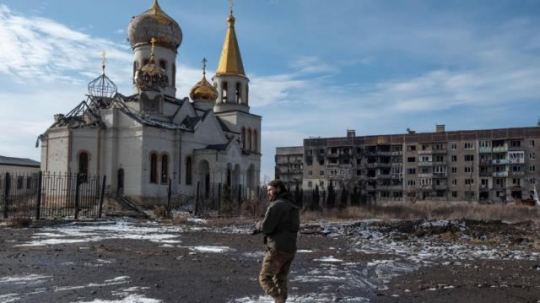
On 18 April, a representative of the Khortytsia operational and strategic grouping of troops said that the Russian Air Force was dropping 20-30 munitions a day. They are likely to be dropped by Russian Su-25 aircraft operating near the contact line and Su-34 aircraft operating at a distance from the contact line, using cruise bombs, British intelligence writes.
"This is a coordinated aerial bombardment that follows the tactics of the Avdiivka campaign. The town of Chasiv Yar is well-defended and located on a hill. Russian ground forces have made only slow progress in the area," the report says.
You can watch how the Russians wipe another Ukrainian town off the map:
Video from enemy's resource.
Yesterday, the Russian military managed to gain a foothold in the area of Bohdanivka near Chasiv Yar in the Donetsk region. Fighting is taking place on the outskirts of Chasiv Yar, with the Russian army hundreds of meters from the town, said Vladimir Chernyak, an officer with the Rubizh brigade of the National Guard.
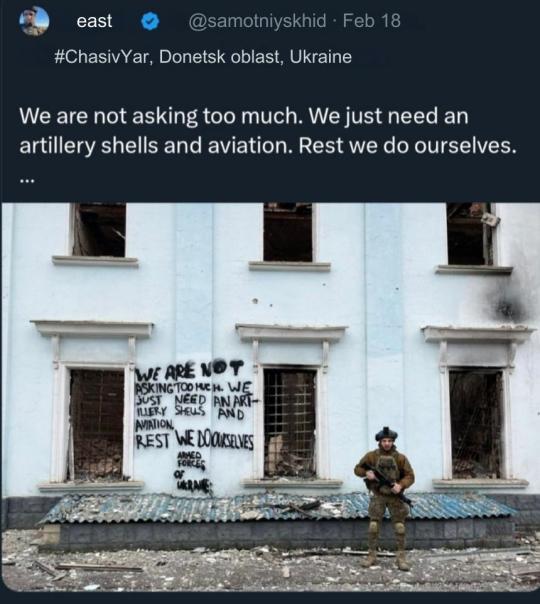
Ukraine needs urgently modern aviation, especially F-16. With every delay of aid, more of our people are being slaughtered by Russians.
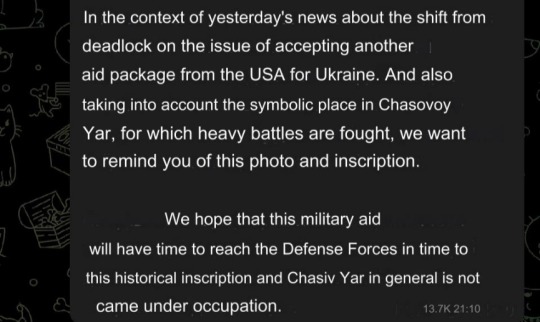
Please hear our cry out to the world, keep spreading our voices, and donate to our army and combat medics (savelife.in.ua, prytulafoundation.org, Serhii Sternenko, hospitallers.life, ptahy.vidchui.org, and u24.gov.ua).
1 note
·
View note
Text

Text translation:
"Ran khokly (slur for Ukrainians) from their home in Mariupol, and now I'm sitting and resting on my yard. Thank you russian soldiers for such an opportunity. Glory to Russia"
These is yet another example of an ordinary russian person who has nothing to do with politics, just casually moves in into a home of a Ukrainian family who (best case scenario) fled their home.
376 notes
·
View notes
Text
Consequences of the Russian missile attack on Odesa in the afternoon of April 21. As a result of the attack, private houses were damaged.
The number of injured people as a result of the Russian attack has increased to four: three men and a woman, the head of the Regional Military Administration Oleg Kiper said.
Photo: Southern Defense Forces/Telegram

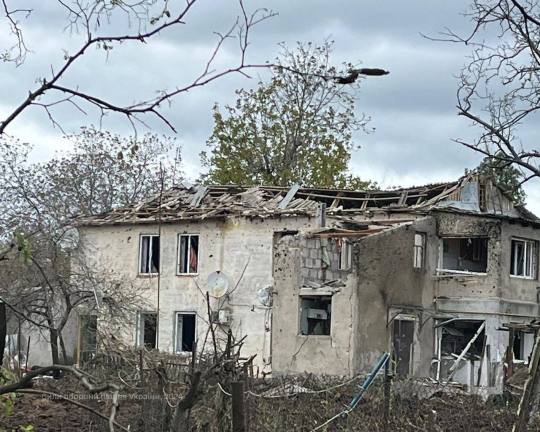

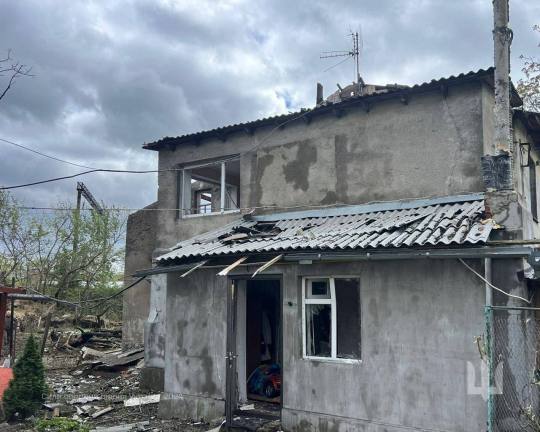


22 notes
·
View notes
